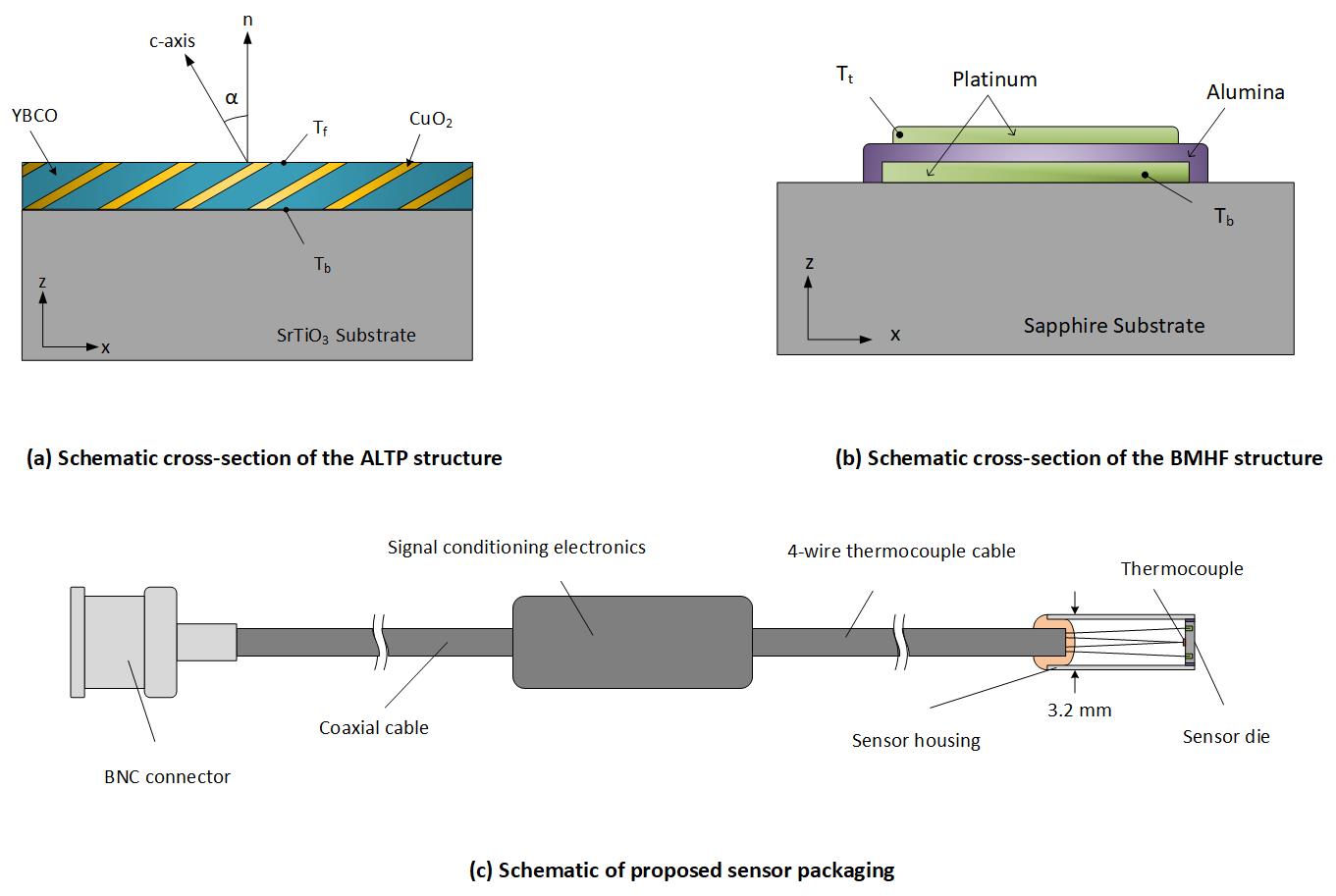
Understanding the character and dynamics of hypersonic boundary layers poses a considerable challenge to the design of hypersonic vehicles. Specifically, being able to predict the location of laminar-to-turbulent transition is of critical concern as it affects heating rates, aerodynamic loading, and skin-friction drag, therefore impacting the design of the thermal protection system and thus the overall weight and performance of the vehicle. In addition, complex turbulent flow dynamics play a significant role in a variety of vehicle flow situations including separated flows, control surface flows, and shock-wave/boundary layer interactions. Heat-flux sensors capable of measuring large thermal loads and their fluctuations are critical to capturing accurate estimates of the transition location, but current technology suffers from substantial calibration-driven measurement uncertainty and insufficient bandwidth. The proposed project aims to satisfy the existing demand for transition prediction technology via the development of an ultra-miniature, high-bandwidth Atomic Layer Thermopile (ALTP) while developing NIST-tracable calibration methods. For risk mitigation, a second device, a bimetallic heat flux sensor (BMHF) utilizing thin-film resistors surrounding a dielectric layer, will be fabricated to ensure smaller sensor packaging and increased operational temperature range. This work is expected to yield commercial, instrumentation-grade, miniature sensors that directly measure instantaneous, mean and fluctuating heat flux for time-resolved, quantitative measurements of heat flux in hypersonic flows.

